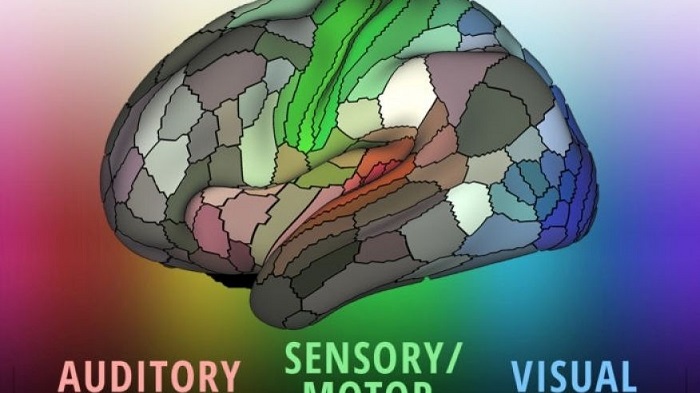Scientists hope it will help clarify how different parts of the brain impact human behavior, Popular Science reports. For example, researchers could use the map to find what areas are different between the brains of people with and without learning disabilities.
Scientists created the new map by combining three different imaging techniques used on the brains of 210 young adults. "No one`s done this across the whole human brain," the study`s author, Matt Glasser, tells Wired.
The result is a map of 180 cortical areas in each of the brain`s hemispheres—more than half of them completely new. In fact, they`re not even sure what some of them do.
For example, one cortical area is activated by relaxing but deactivated by math problems for some reason. While the new map doubles the amount of mapped areas in the brain, the scientists behind it think further research will reveal even more.
More about:
















































